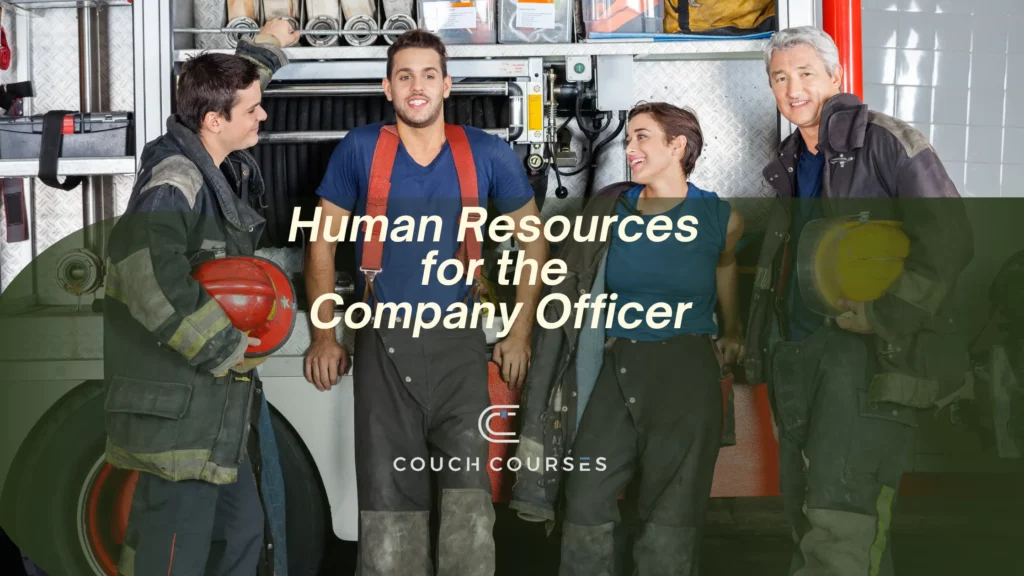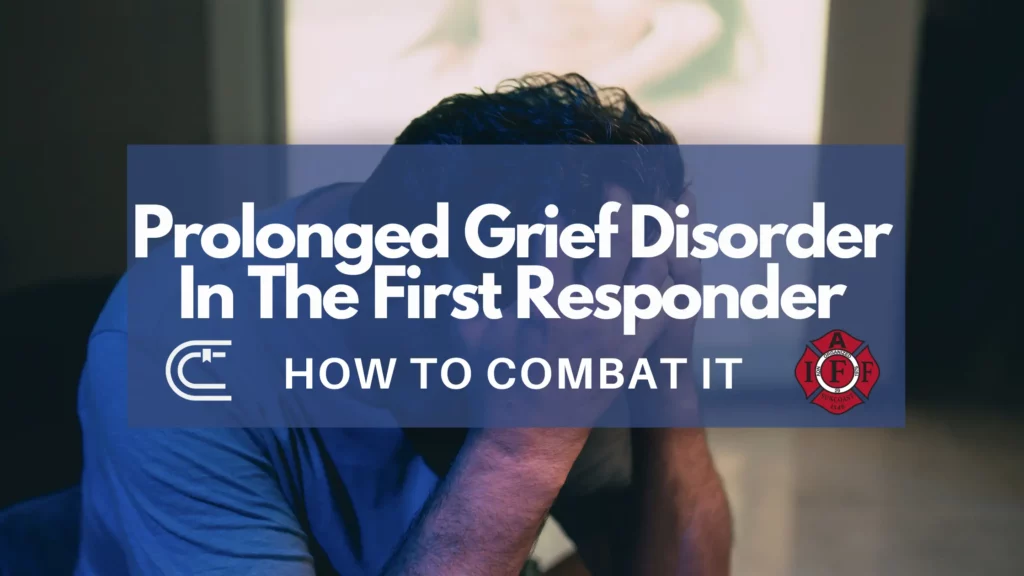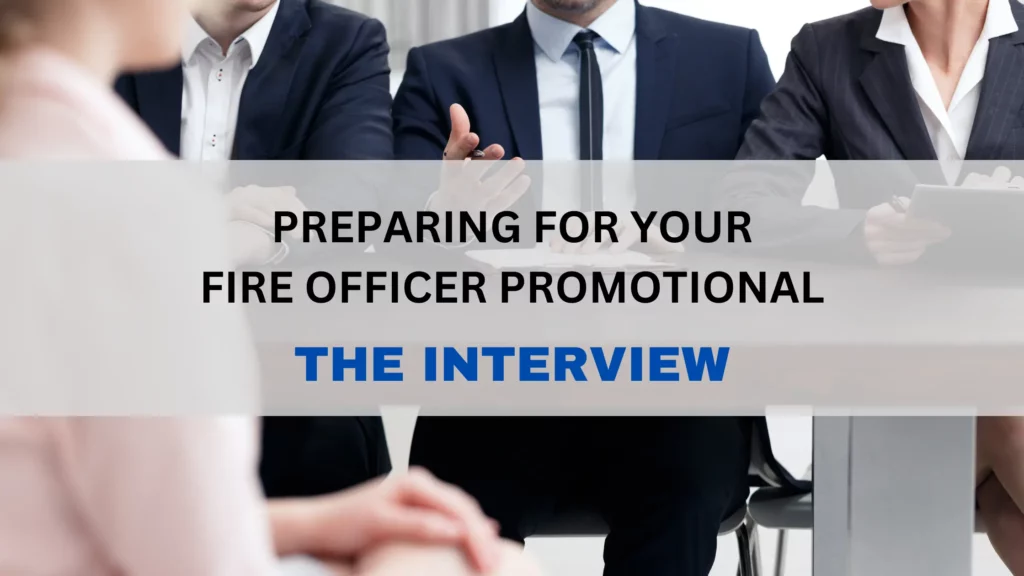Human Resources for The Company Officer

Previously, I was a District Vice President for a local International Association of Firefighters (IAFF) union, and even before the fire service, I was an Operations Manager for Best Buy. In these positions, I worked directly with other managers and administrations in what most people would call the “HR” issues of the job.
I would hear a common complaint from Company Officers: “I never received any HR training on how to handle this.”
Once those bugles are earned, you are considered the line-level employee and management liaison.
We touch on the human resource aspects of the fire service in the Fire Officer 1 Classes.
What is human resources in the fire service?
This is a broad term, but I like to dumb it down or keep it simple stupid (K.I.S.S.) Humans, Firefighters are the number one resource in the fire service. You can have all the awesome fire trucks, ladders, and technology your heart could ever desire, but without competent, trained, dedicated personnel, you have NOTHING.
We need to keep sight of this fact and work on managing our most important resource.
Company officers must be familiar with local policies and procedures, practices, laws, labor/management agreements, and state/provincial and federal human resource laws.
But I’m no lawyer

The United States Equal Employment Opportunity Commission (EEOC) has been quoted as saying: “The employer will be liable for harassment by non-supervisory employees or non-employees over whom it has control, if it knew, or should have known about the harassment and failed to take prompt and appropriate corrective action.”
One of our Couch Course partners and authors, Curt Varone, Esq., has countless years in the fire service, eventually transitioned to a full-time lawyer, and has countless EEOC complaints/lawsuits and examples in his blog.
We search NIOSH reports for fatalities and injuries on the job so as not to replicate the same actions. As firefighters, we should be doing the same in ensuring that we are providing a favorable work environment for our teams.
You may not be a lawyer, but ignorance of the law is never an excuse.
Employee Behavior
There are tons of reasons why an employee’s behavior may not be satisfactory, and this blog cannot get into all of them. I think the point that needs to be emphasized is that as a leader, we should pay attention to our co-worker’s behaviors and notice differences. We should also question the root cause of employee behavioral issues before we begin our communications with said employee.
Drug and alcohol abuse, problems at home, life stressors, and harassment in the workplace can all usually can be identified by listening and paying attention to those around you.
Conflict Management
This is the area where I have run into the most questions from company officers. How do I deal with this employee’s issues?
Step 1: Recognize the conflict and stop the action as soon as possible.
Step 2: Determine what the conflict is and identify who the participants are.
Step 3: Determine whether or not any department policies, procedures, rules, or regulations have been violated.
Step 4: Determine the solution based on policy, experience, and supervisor input.
Step 5: Determine whether the issues should be solved individually or in a group setting and when.
Step 6: Implement the conflict resolution plan and set expectations.
Step 7: Follow up, ensure resolve, and keep your supervisor informed.
The entire conflict management process is to try to correct behaviors and return the team to a positive, productive unit.
I am sharing a YouTube TED Institute video with some tactics on how to communicate in tense conflict scenarios.
Discipline
Sometimes if employees break the rules, the company officer may be responsible for carrying out corrective discipline. I say corrective discipline because the whole idea behind discipline is to modify behavior and leave the employee in a productive status.
The first often missed step in this process is to gather as much information as possible, INVESTIGATE, get all sides, consider what is occurring and why. Look at the entire situation from an aerial view and then consider all the ramifications of how to handle it.
Being honest, ethical, and humble are the huge pieces you can personally impart in the discipline process as a company officer.
I hope this is a jumping-off point for further consideration and dialogue with your crew around HR. I will leave you with several links to further your reading.





